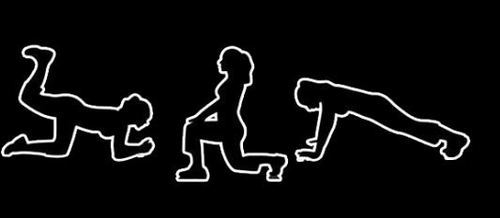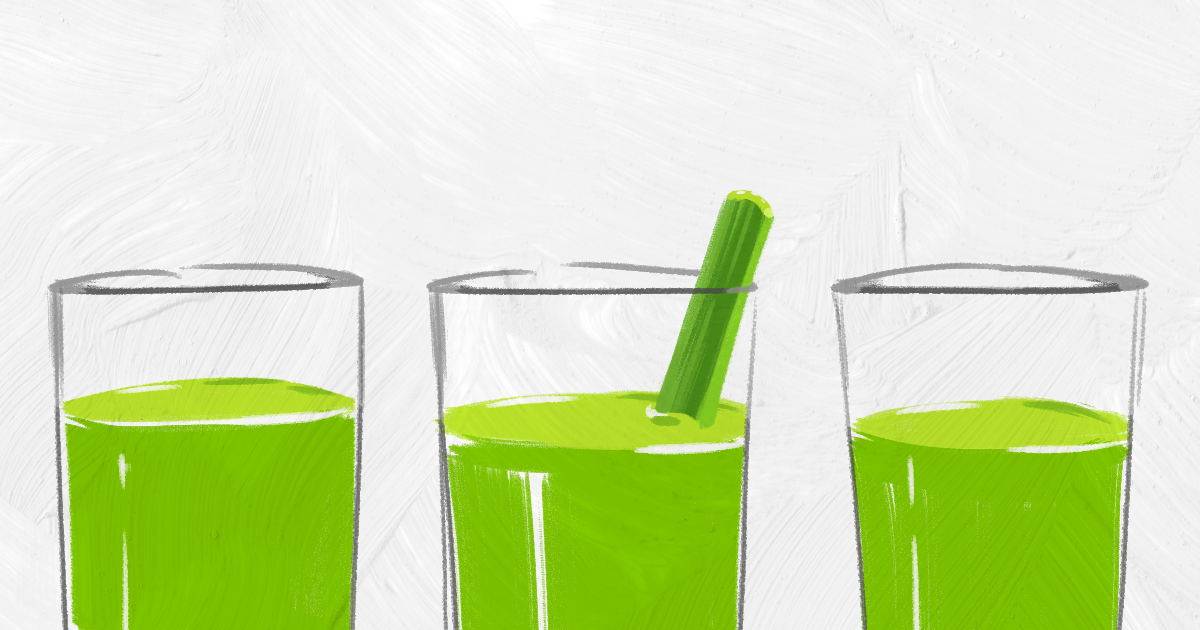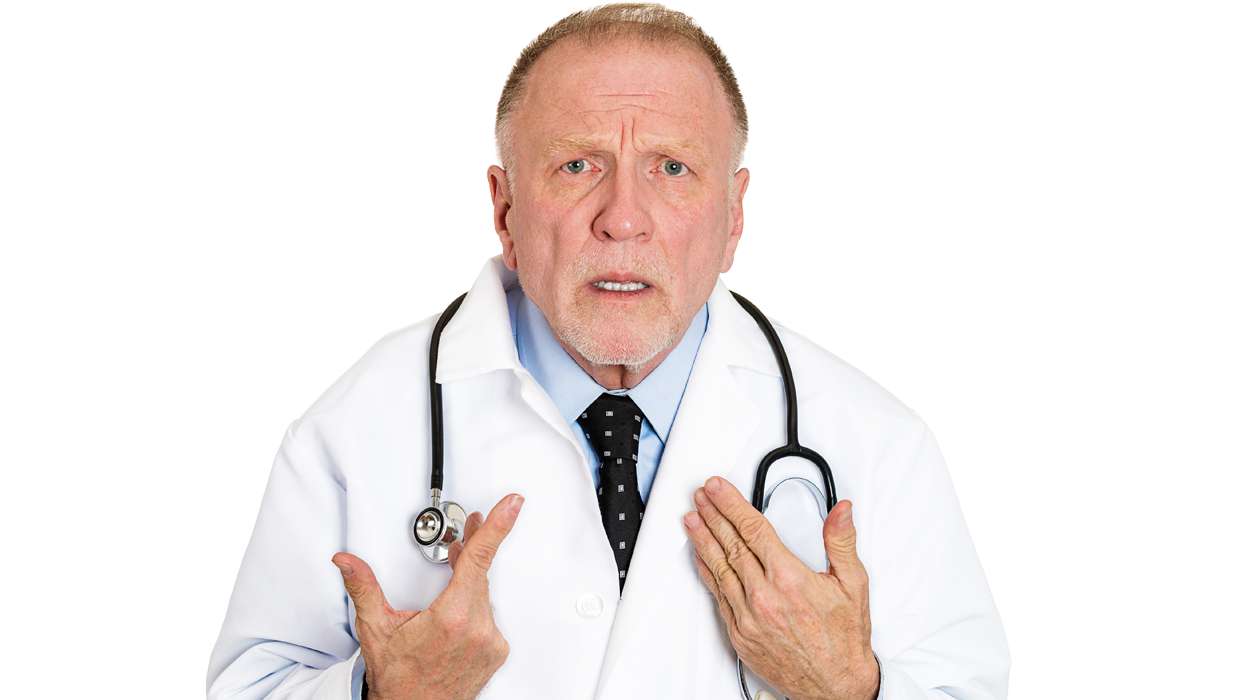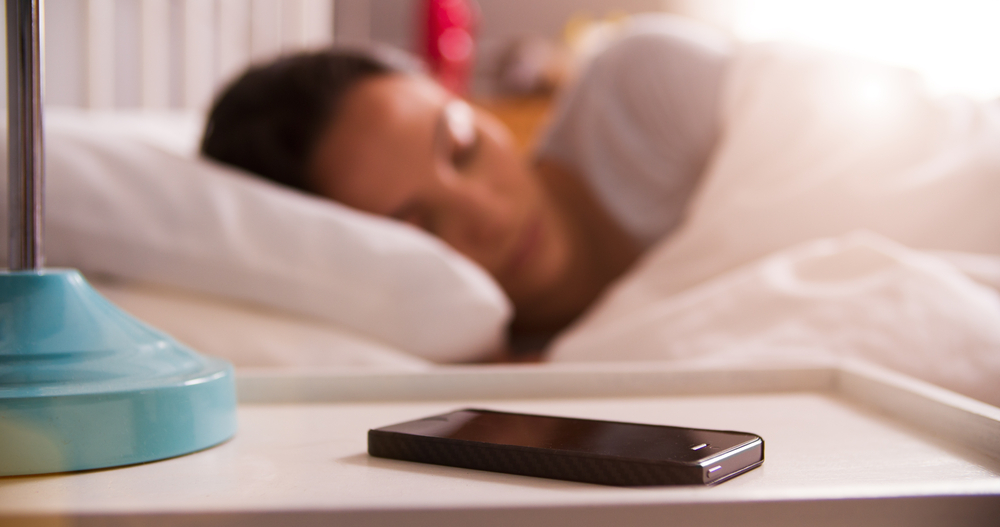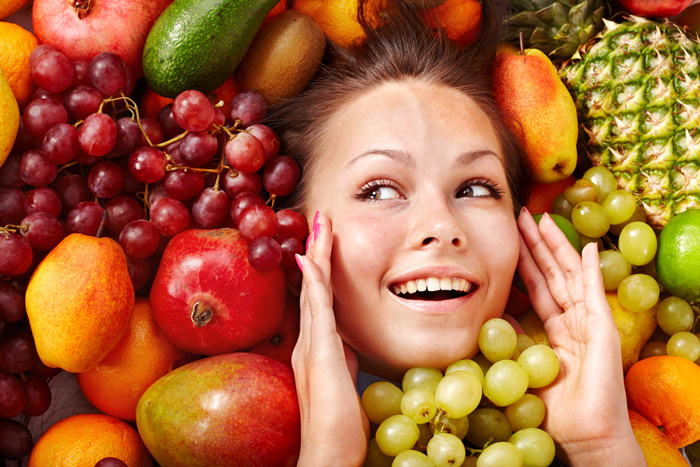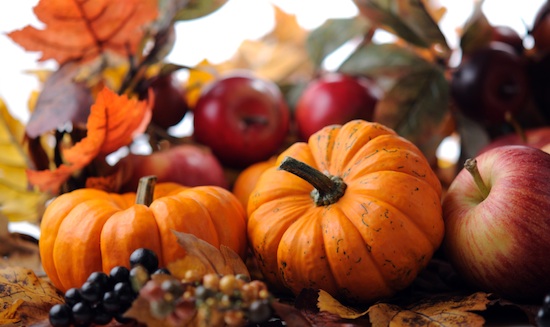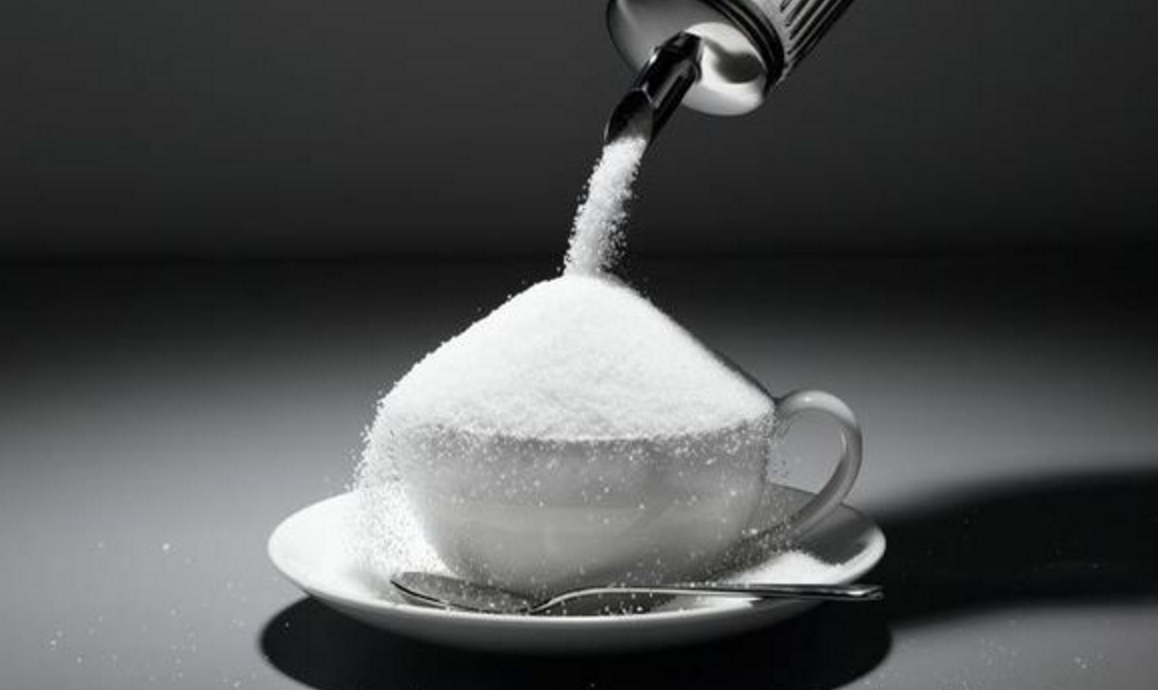Lifestyle
HEALTHNUT | Guide To Cornell’s Fitness Classes
|
What many people don’t know is that having access to Cornell’s fitness centers also means having access to an array of group fitness classes – not just taught by elderly and overweight ex-PE teachers, but also your overly enthusiastic but super strong peers. Luckily, these classes span gyms across campus and boast tons of time slots – perfect for your 7 am Yoga or 7 pm HIIT. So if the freshman fifteen is hitting you hard, here are some of my favorite of Cornell’s Group Fitness Classes to get you started:
HIIT
Functional fitness using plyo box jumps, core bags, slam balls and more makes POWER H.I.I.T. the new Barry’s Bootcamp. Offered both weekdays and weekends, this workout is the perfect sweat sesh.
Score: 9/10
Times: Tuesday, Thursday, Saturday at Appel Commons
CU Row (shockwave):
It combines circuit training and water rowers to make you feel like you’re actually on the water. The circuit contains 8 stations: 6 strength exercises on the floor, and 2 cardio bursts on the water rower.
